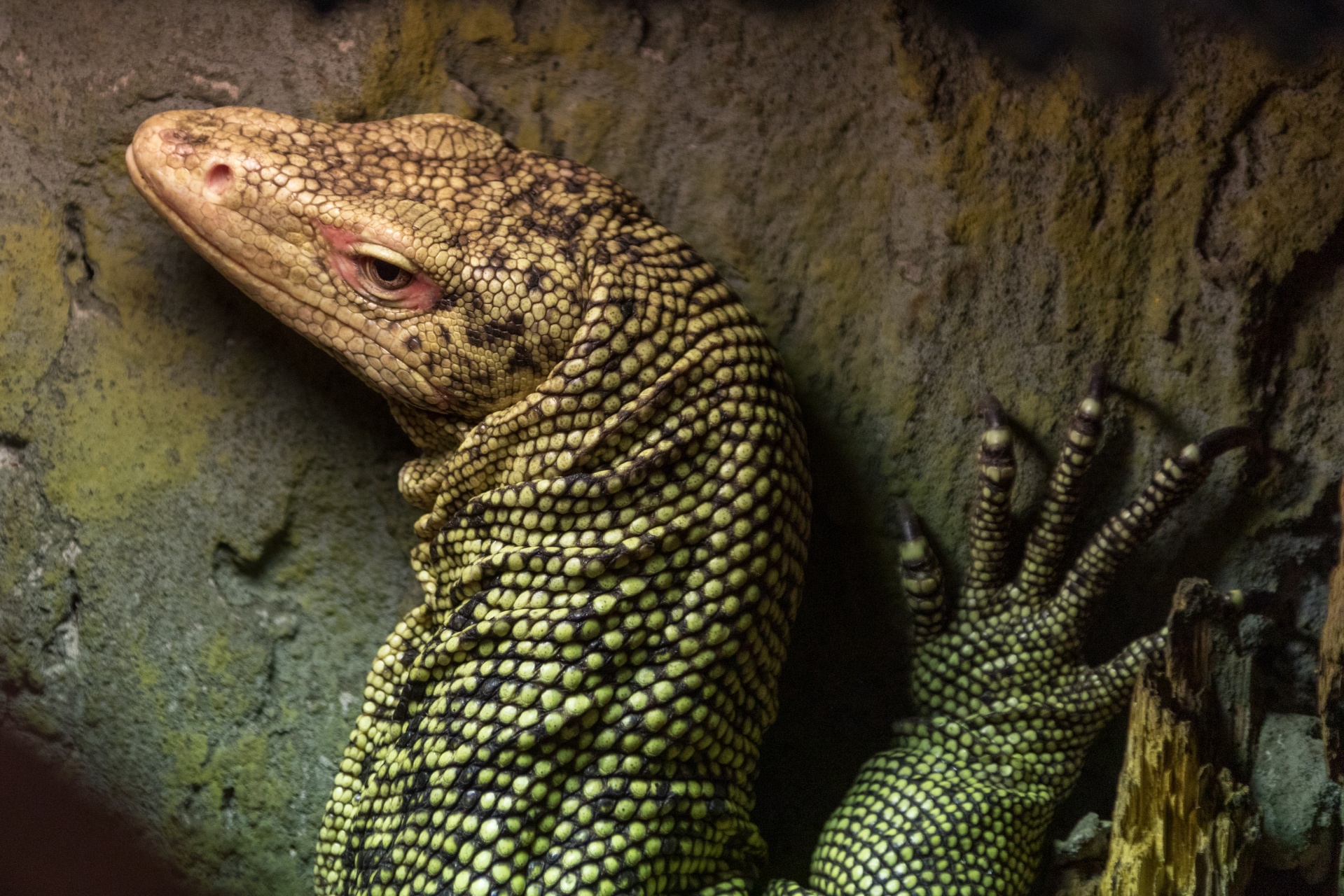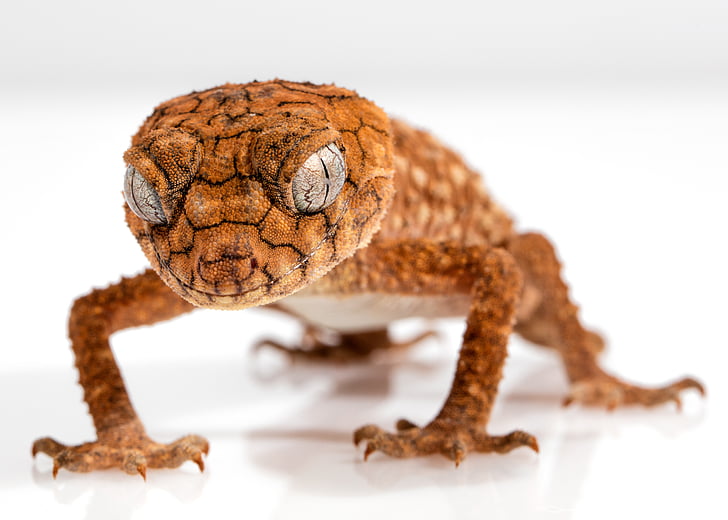
Savannah Monitor Care: A Comprehensive Guide for Lizard Enthusiasts
Introduction
If you’re considering a Savannah Monitor as a pet reptile, understanding their unique needs and providing proper care is crucial. This comprehensive guide will walk you through the essentials of Savannah Monitor care, ensuring a healthy and happy lizard companion.
Habitat
Creating an appropriate habitat is the foundation of Savannah Monitor care. A spacious enclosure, preferably a custom-built terrarium, should mimic their natural environment. Aim for a minimum size of 6ft x 4ft x 4ft, providing ample space for your monitor to explore.
Temperature and Lighting
Maintaining the correct temperature gradient is vital for the well-being of your Savannah Monitor. Provide a basking spot between 110-130°F (43-54°C) and an ambient temperature of 90-100°F (32-38°C) during the day. At night, the temperature can drop to 75-85°F (24-29°C).
Full-spectrum UVB lighting is essential to prevent metabolic bone disease, a common ailment among reptiles. Ensure your Savannah Monitor has access to UVB light for 10-12 hours each day.
Substrate
Choosing the right substrate is crucial for Savannah Monitor health. Avoid using sand or wood shavings, as they can cause impaction if ingested. Recommended options include newspaper, reptile carpet, or a mix of organic soil and coconut fiber, promoting burrowing behavior.
Diet
Savannah Monitors are carnivorous, primarily feeding on insects, rodents, and other small prey in the wild. A balanced diet should consist of a variety of live food such as crickets, roaches, mealworms, and occasionally pinky mice. Supplementation with calcium and multivitamin powders is necessary to prevent nutrient deficiencies.
Hydration
Providing fresh, clean water is essential for your Savannah Monitor’s hydration. A large, shallow dish should be available at all times for drinking and soaking. Regular misting will help maintain humidity levels of 50-70%.
Enrichment and Handling
Savannah Monitors are intelligent creatures that thrive on mental stimulation. Offer a range of hiding places, climbing branches, and sturdy rocks to encourage natural behaviors. Regular, gentle handling from a young age can help establish trust and ensure a more manageable pet.
Health and Veterinary Care
Regular health check-ups with a reptile-savvy veterinarian are vital to monitor your Savannah Monitor’s well-being. Watch for signs of illness like loss of appetite, lethargy, or skin abnormalities. Maintain proper hygiene, clean the enclosure regularly, and provide a stress-free environment.
Conclusion
Proper care and attention are essential to ensure the longevity and well-being of your Savannah Monitor. By creating a suitable habitat, providing a balanced diet, and engaging in regular veterinary check-ups, you’ll foster a fulfilling relationship with your scaly companion. Understanding the intricacies of Savannah Monitor care is the key to creating a thriving environment for your lizard friend.
Keep Reading

Knob-Tailed Gecko Care: Essential Tips for Lizard Owners
Looking to become a proud owner of a knob-tailed gecko? Look no further! In this comprehensive guide, we'll walk you through the essential care tips to ensure your pet lizard's health and happiness.

The Easiest Lizard to Take Care of: A Guide for Lizard Caretakers
When it comes to keeping lizards as pets, some species require more time, effort, and expertise than others. If you're new to lizard care and looking for an easy-to-maintain companion, we've got just the lizard for you!